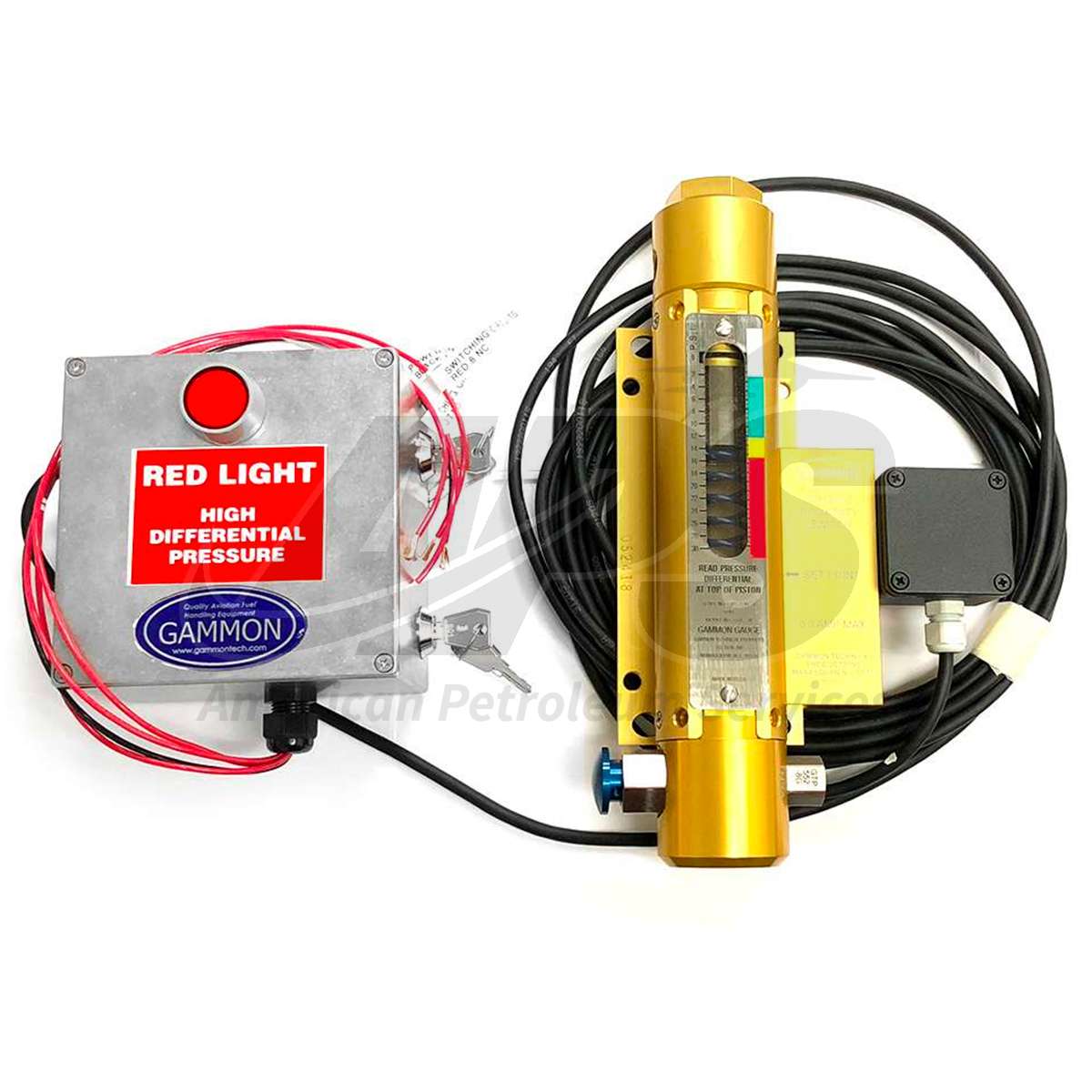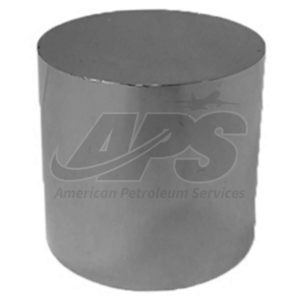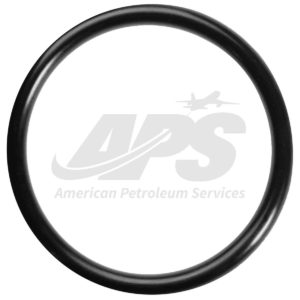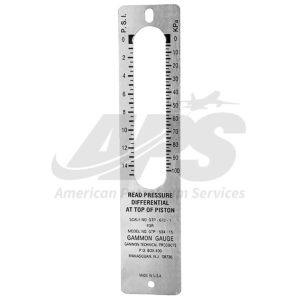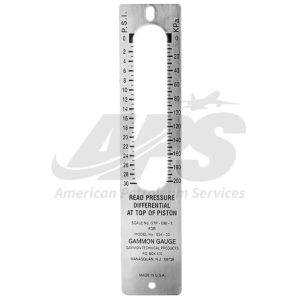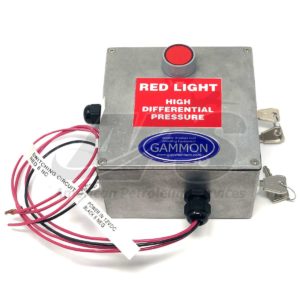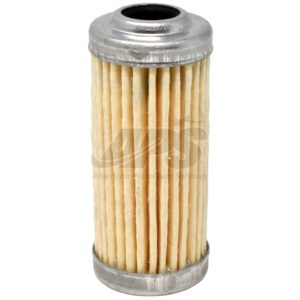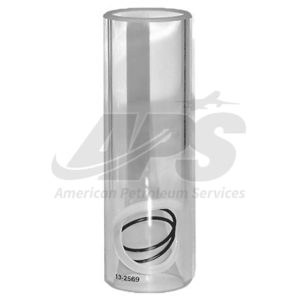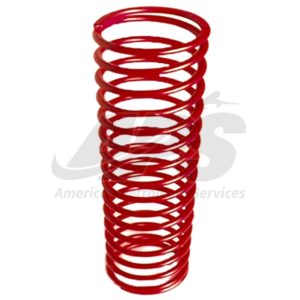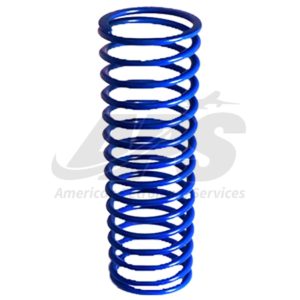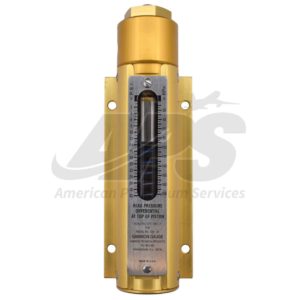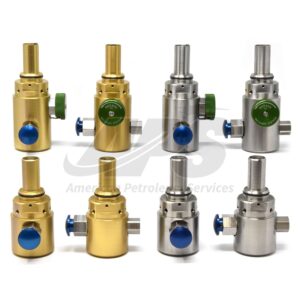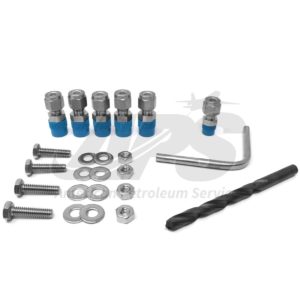-
Peak-Hold Reading
The maximum differential pressure that is measured during an operation automatically locks the piston so that the operator will have that information without actually having watched the gauge at the time. After the reading has been seen, the operator releases the piston by turning a knob. It is usually impossible for the operator to see the gauge while refueling an aircraft so the highest differential pressure reading is rarely seen. This feature eliminates the problem just as in the case of an unmanned facility such as a pipeline or hydrant system. Patent applied for.
-
Push Button Test Valve
Hold the button in to relieve pressure under the piston. System pressure will force the piston down so the operator can observe motion. Erratic movement of the piston indicated contamination of piston and glass cylinder, requiring cleaning. Note: This test releases about 50ml of fuel which can be collected in a cup or directed to recovery systems.
-
Calibration Testing
To meet API-1581, you should have a 3-way valve. Our 3-way valve meets this requirement and is used to check calibration as well as to check free movement of the piston.
- Establish flow in the system. The gauge should indicate a pressure drop.
- Push the test button. The piston should travel to the bottom of the scale.
- Release the button and stop flow in the system. The piston should return to zero.
If the piston returns to zero, you have not only calibrated the gauge, you have checked it for free moment across its entire range. If the piston moves slowly, the filter (located in the top of the gauge) may be clogged and need replacement. This calibration technique is accepted by all major oil companies, all major airlines, and military services worldwide.
-
Gammon Gauges™ have been in service in virtually every major airport in the world for as long as 30 years and we have never heard of or seen a single gauge go out of calibration. Occasionally a piston will stick after many years in service, but hand cleaning with “Scotch Brite” plastic abrasive will make it as good as new (Note: Do not clean with sandpaper or steel wool). Replace the o-rings and reassemble.
If differential pressure suddenly increases or a facility is operated without personnel monitoring the differential pressure, filter element failure can occur. This new switch is unique. It adds differential pressure control at a low cost using a non-powered proximity switch. This simple double-sealed switch is ideal for use in PLC (miniature computer) and relay controlled systems. The connection box is rated NEMA 4X. Control operations are also available if you don’t plan to use an external control. We have weather-tight and explosion-proof versions. We strongly recommend a 3-way test valve for properly testing the Gammon Gauge™ and Proximity Switch and/or system. Any Gammon Gauge™ can be converted to include the new proximity switch.
Note: To meet IATA JIG Bulletin 58, order one of the “KS” options for key switch reset and test functions. The ATA-103 does not require this. For vehicle mounting, we recommend the weather-tight housing.
-
Pressure Relief Feature
Incorporated in all Push Button models is a thermal expansion relief valve set at 300 psi to protect the gauge from excessive pressure if isolation valves have been closed.
Note: We are experiencing longer than usual lead times with several vendors due to global shortage of raw materials.


